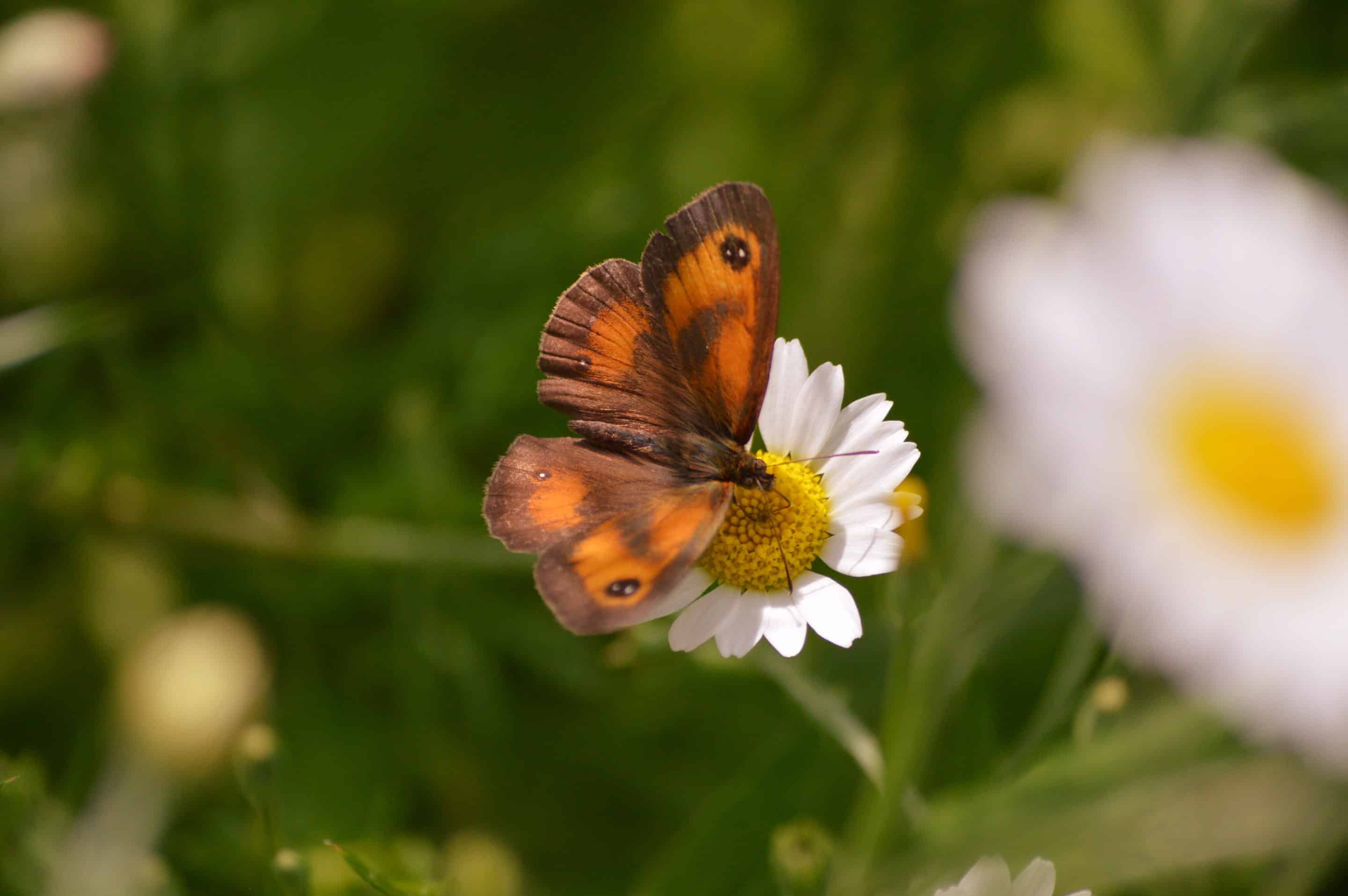
I’m happy to share with you the ever-insightful 35th Issue of the GiGLer newsletter, my first as Commissioning Editor since the wonderful Amy handed the duty to me. I hope the articles these last six months have brought you as much joy and inspiration as they did me. The nine articles in this Issue showcased a collection of personal narratives, interesting discoveries, and enlightening guidance. They particularly focused on the incredible diversity, both biological and geological, of London and the efforts of those working to record and preserve it.
Our first article came out back in February, perhaps giving a gleam of anticipation for emerging spring species we could look out for. The article focused on photography’s role in recording and its power to engage. This was my own article, written to share with the GiGler audience my love for this therapeutic hobby, but also to showcase many of the team’s and our community’s enthusiasm for snapping photos of wildlife too. Photography not only aids in accurate identification of records but also appeals to a broader audience, fostering a deeper appreciation for the natural world around us through visualisation. Whether a fluffy juvenile bird to invoke the heartstrings, or an intricate bug to educate about lesser-known species, these snapshots bring the magic of nature to life.
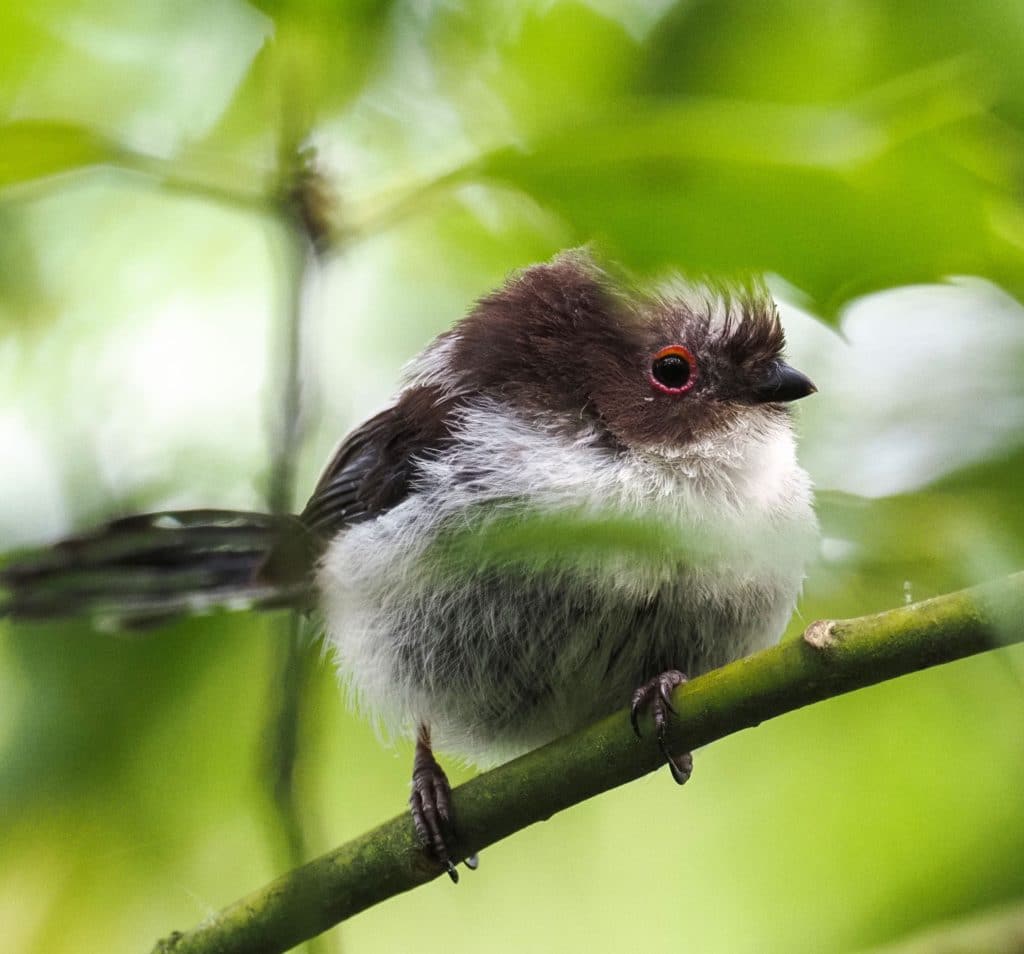
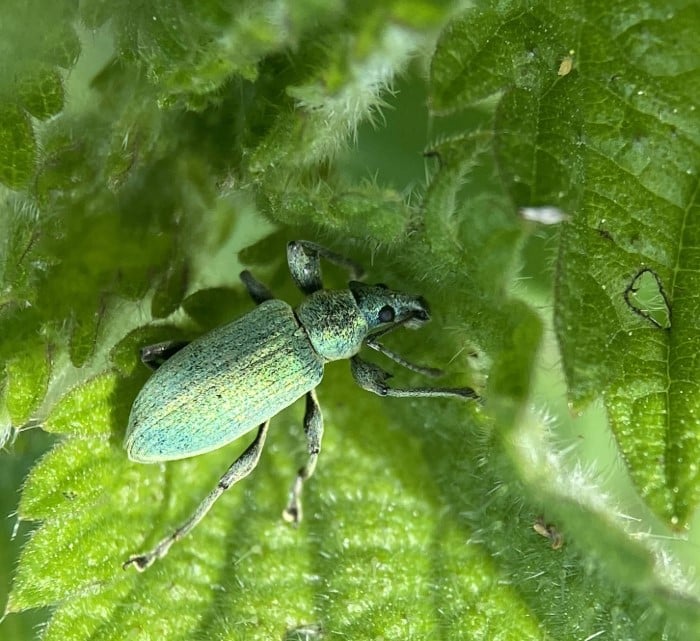
Photography led on nicely to technology… and March saw the first article in a series focusing on recording apps. Our dedicated Senior Community Officer Victoria took on the challenge of investigating and trialling the swathes of recording apps available to species recorders. The technological advances of recording apps in the last couple of decades have given rise to popular platforms like iNaturalist and iRecord, as well as apps dedicated to certain taxa or recording methods like Merlin and Mammal Mapper. These tools have democratised biological recording, allowing enthusiasts and experts alike to document and share observations with ease.
After an introductory article detailing the functionality, benefits and potential difficulties of recording apps, Victoria then delved into exploring iNaturalist in the April release. This app has a global impact on data sharing and has been used for City Nature Challenge, an international recording scheme, for multiple years. Here, photography also returns as an important theme, as the iNaturalist platform can’t function without it.
City Nature Challenge 2024 results can be viewed here.
In the 2024 challenge, 415 individuals in Greater London took part, submitting 7,908 observations of 1,242 different species!
In the Third and final article of the recording app series, released in June, Victoria investigated the wealth of apps devoted to specific taxonomic or ecological groups. Generic apps are a great tool for beginners to get their foot in the door with biological recording, but specialist apps have more appropriate surveying features and identification information. Whichever the case, Victoria detailed the instances in which it is best to use each one and how they can, or already do, feed into Local Environmental Record Centres.
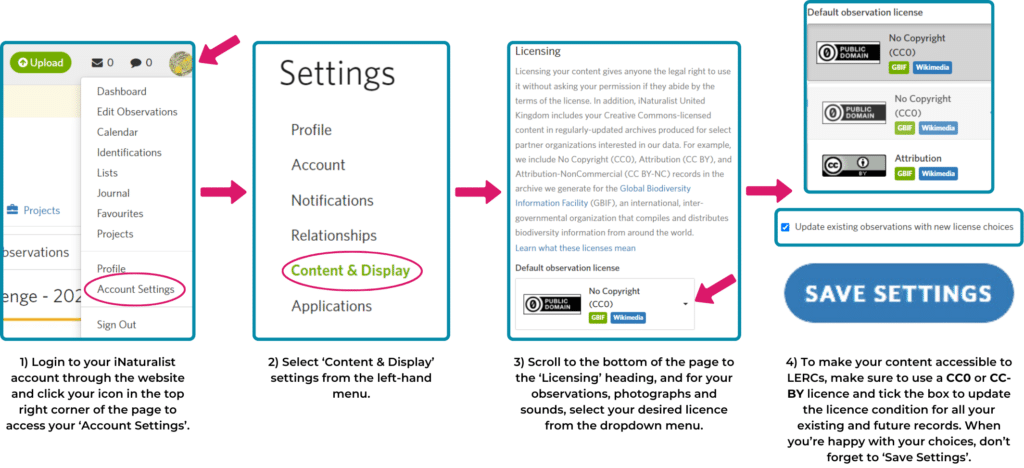
These articles came to fruition due to regular enquiries around how we configure data from recording apps within our database, and as a result of these articles Victoria has also been able to make a useful resource which we can share with those interested indue course.
Personal stories from our community members added a joyful element to this issue. Cassandra Li’s passion for bryophytes offered us a glimpse into the microcosm of mosses, liverworts, and hornworts, and their intricate ecosystems. How lucky we are to have these wonderous species on our doorstep! Her experiences at Tottenham Hale’s The Paddock and other London sites highlight the often-overlooked beauty of these tiny species and their importance in our urban biodiversity. Cassandra’s article showed how passion can be nurtured through the enthusiasm of the surrounding community and the likes of the British Bryophyte Society and London Natural History Society.
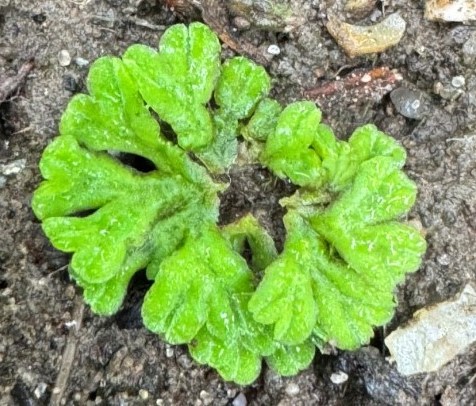
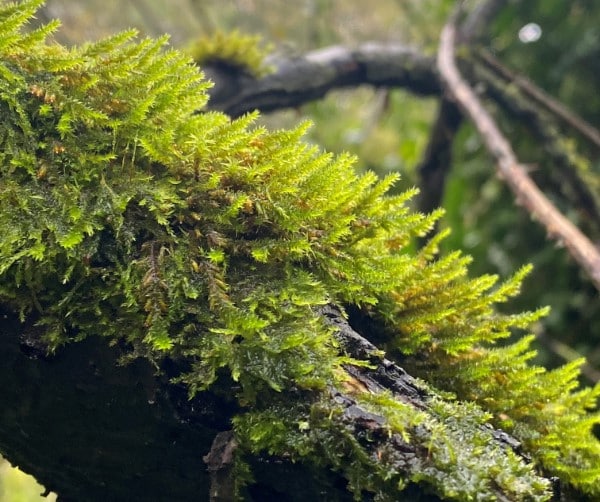
In April, Judith John from the Bromley Biodiversity Partnership revealed crucial data insights from their ongoing Hedgehog Survey which relies on the dedicated efforts of community scientists. It seems these spikey yet charismatic species’ presence in the borough may be a recent cause for concern. Erratic weather patterns in 2022 and 2023, and ever declining invertebrate numbers are thought to have contributed to the overall reductions and isolated populations. Despite the reduced sightings in recent years, the commitment to understanding and supporting hedgehog populations remains unwavering.
Judith gave some useful tips on how everyone can help:
- sending in records.
- putting out water for hedgehogs during hot, dry weather.
- putting out cat or dog food to supplement hedgehogs’ diet when the soil is dry and hard and invertebrates are harder to find, which is especially a problem when hedgehogs are feeding at a young age and before hibernation.
- making or buying a hedgehog home (there are instructions on the web, e.g. on The Wildlife Trust’s website here)
- leaving some undisturbed wild areas in gardens to provide shelter and hibernation sites, and to support the invertebrates’ hedgehogs eat.
- putting in ‘Hedgehog Highways’ (13 x 13cm holes) between gardens and greenspaces to improve connectivity and help keep them away from roads. See Hedgehog Street at www.hedgehogstreet.org for instructions, help and advice.
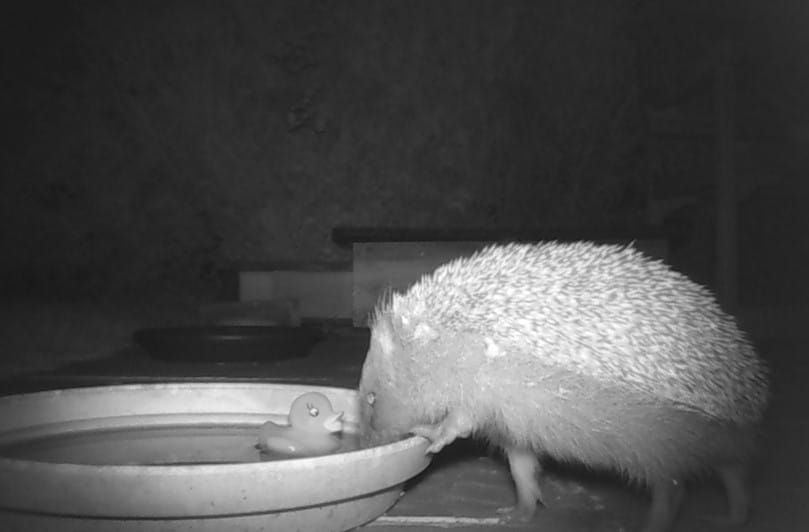
We returned to our staff interview series in May and heard from the voices of our two new team members, Louisa and Sarah. They both provided personal insights into their roles and inspirations, which revealed the diverse paths that led to a career in environmental data stewardship. Louisa highlighted her experiences in conservation during a summer internship at Wadhurst Park, and revealed her favourite London spot, St Dunstan in the East Church Garden. Sarah’s love for oak trees, exploring and recording plants and invertebrates reflected her connection to nature, her vital R coding knowledge will also prove useful from the development of GiGL systems.
To finish off the Issue, the ninth article for our readers ventured down a more geological avenue. A refreshing insight into an aspect of London that encompasses far more than many may have originally thought. Ann Davidson, of the London Geodiversity Partnership, illustrated geology’s relevance to all aspects of life and brought our attention to some unique geodiversity sites in London. Since 2012, GiGL have collaborated with LGP to share geodiversity data to ensure sites of geological importance are protected for everyone to enjoy.
Having summed up the variety of articles that have graced this Issue, I can now go on to provide some updates from the Team here at GiGL and what we can expect from Issue 36 of the GiGLer…
Our team has seen many changes and shuffles in the past months. Firstly, after putting years of dedication into the Ancient Woodland Inventory Update Project, it was time for Frankie, AWI Officer, to head on to new beginnings as the project came to a close in March. Similarly, Becca, having played an integral part as Habitats Officer in updating our new Habitat and Land Use dataset, also moved on to a new role. Although sad to see them go, they are both sticking around London and will keep in touch as they embrace exciting new opportunities.
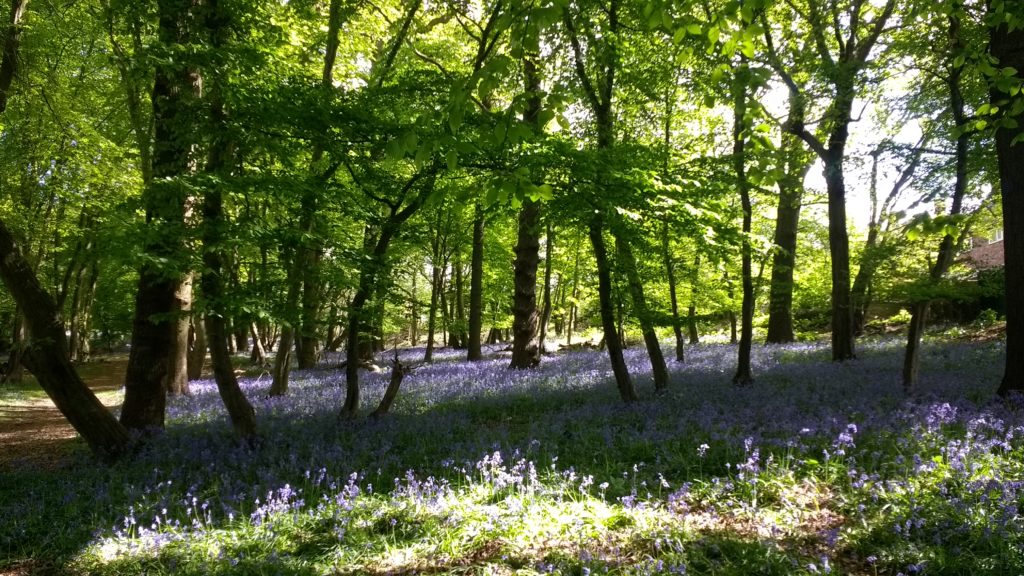
Hatter’s Wood © Amy Palmer-Newton
These team changes, and the initiation of work for the first stages of London’s Local Nature Recovery Strategy (LNRS), has meant new opportunities have arisen for the team. Molly, with years of GIS experience under her belt from previous roles and her GiGL role as Partnership Officer, has now moved into the Data & Systems team as our GIS & Data Officer. She’ll be managing the Open Space and Habitats database, as well as working closely to develop the data side of our LNRS work. Having introduced Louisa to the Team as a Delivery Officer, assisting both the Community and Partnership team, she made the speedy swap to Partnership Officer to take on Molly’s old role. Victoria and Amy are also taking on more senior positions within GiGL to manage the continuous community and systems work, respectively, and to have key roles in aspects of the LNRS too.
That leaves the new recruits! We have recently recruited Nature Recovery Data Officer Emily and Nature Recovery Data Assistant Clara, who will both have roles working closely with the Greater London Authority on progressing the LNRS.
You may have clocked by now that the LNRS is a big focus for GiGL currently. I can also assure you that we will be sharing more information about this in due course, starting with Emily and Clara’s staff interviews which will give more insight into their roles. In the meantime, you can find out more about the LNRS here.
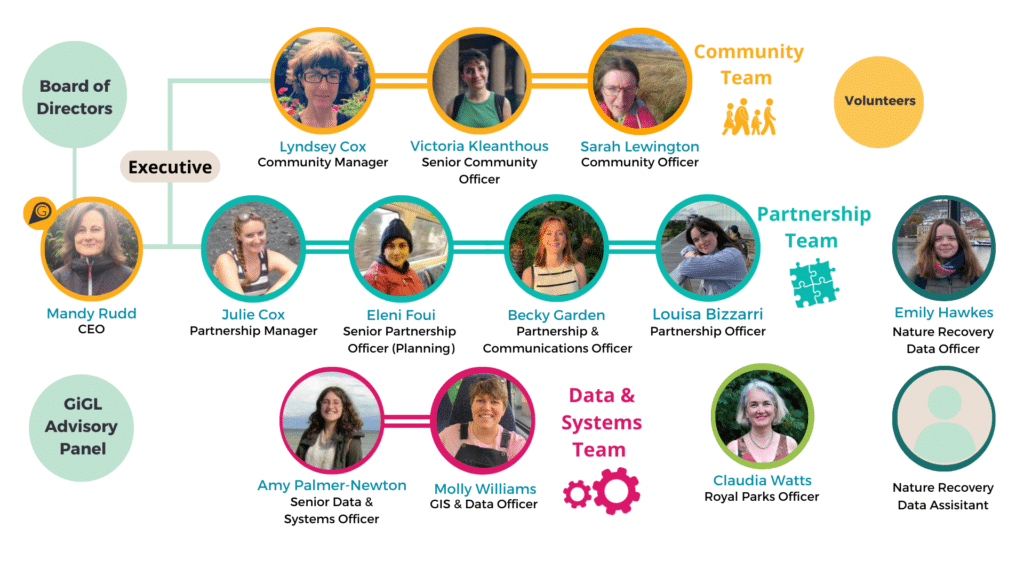
In the next Issue of the GiGLer you can expect more wonderous articles, including data exploration using brilliant visualisations, shining a spotlight on the London White Stork Project, Biodiversity Net Gain updates, and more! Finally, don’t forget to grab your tickets and join us on 26th October for London Day of Nature 2024!
As always, thank you for being a part of the GiGL community. Enjoy the articles, immerse yourself in the stories, and let the spirit of the coming seasons inspire your own adventures in nature.
